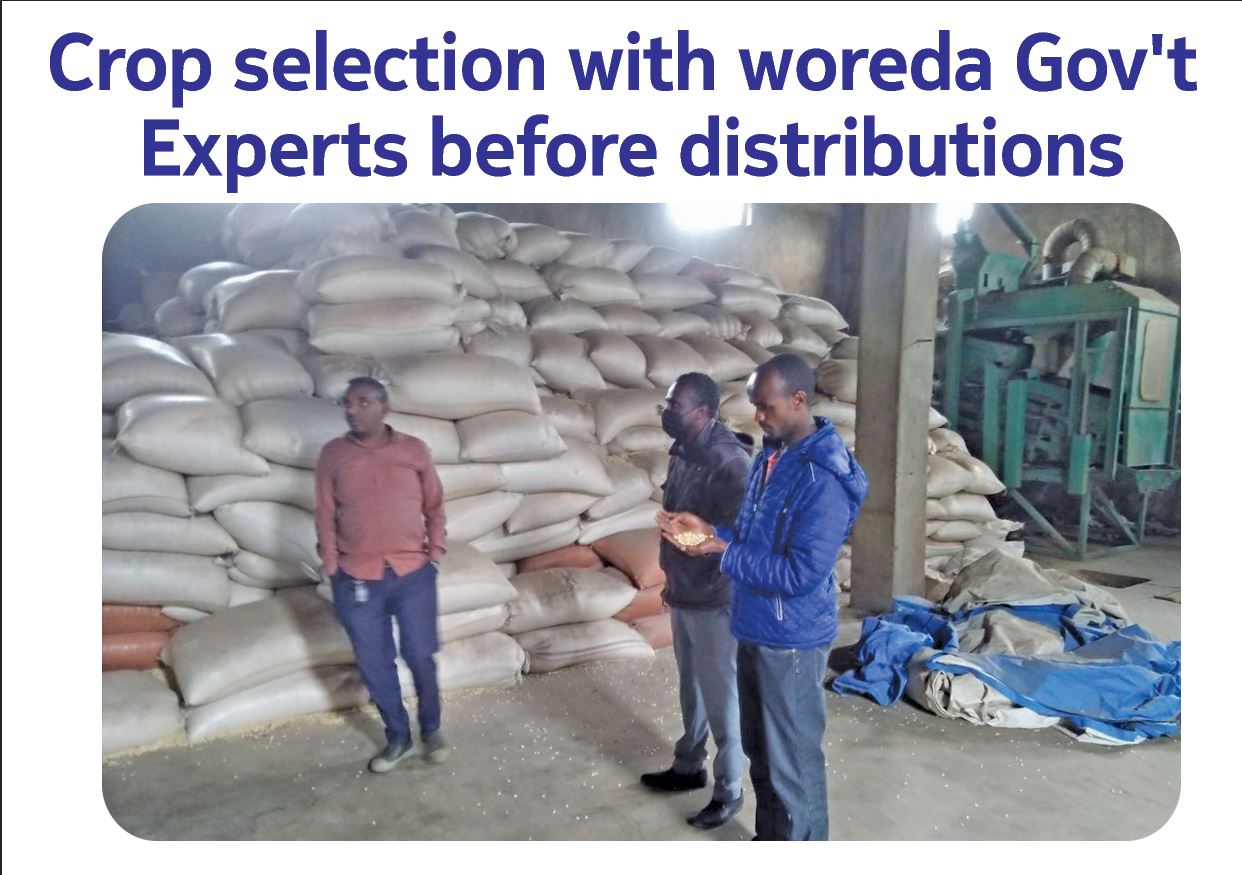
Poverty Alleviation
Poverty alleviation refers to efforts aimed at reducing the level of poverty in individuals and communities. It encompasses a range of strategies, programs, and policies designed to improve the socio-economic conditions of the poor and provide them with opportunities for a better quality of life. Here’s a detailed overview of poverty alleviation:
1. Understanding Poverty
- Definition: Poverty is a state where individuals lack sufficient financial resources to meet basic needs for food, shelter, clothing, education, and health care.
- Types of Poverty:
- Absolute Poverty: Living on less than a specified income threshold (e.g., less than $1.90 a day).
- Relative Poverty: Economic status compared to the wider population, where individuals may live above the absolute threshold but still cannot meet prevailing social standards.
2. Poverty Alleviation Strategies
-
Economic Development:
- Job Creation: Support for local businesses and entrepreneurship to provide employment opportunities.
- Skill Development: Vocational training and education programs to enhance skills and employability.
-
Social Protection Programs:
- Cash Transfers: Direct financial assistance to low-income households to meet their basic needs.
- Food Security Initiatives: Programs that ensure access to sufficient, safe, and nutritious food.
-
Access to Education:
- Improving Education Quality: Investing in education systems to ensure children have access to quality schooling.
- Scholarships and Grants: Providing financial support for disadvantaged students to pursue education.